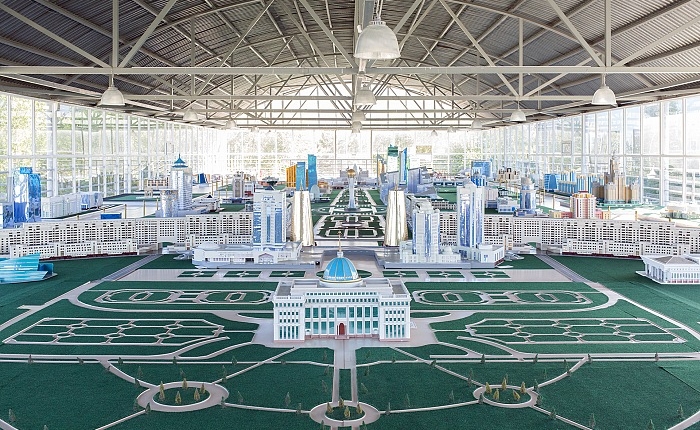2030: BIRTH OF A METROPOLIS — FILIPPO VENTURI
On 6 July 2018, Kazakhstan celebrated the 20th anniversary of the capital, Astana.
Previously it was Almaty who enjoyed this role but, in 1997, President Nazarbayev decided to appoint a new capital in a more central position, away from highly seismic areas and designed to transform what was a provincial city (Akmola, renamed Astana in 1998) in one of the most modern metropolises in the world.
To achieve its goal, Kazakhstan has exploited the enormous deposits of natural resources it possesses (oil alone constitutes 20% of GDP). The project is expected to be completed in 2030.
Behind the dream of Astana is Nursultan Nazarbayev, who has led the country for 28 years and who, in the last elections of 2015, obtained yet another confirmation as President with 97.75% of the votes.
The Dubai of the steppe – as it is called – no longer shows a trace of the old Soviet atmospheres, but represents a futuristic city, a desire for future and wealth, a utopia of glass and reflections that exhibits the ambition of an entire country to obtain international recognition from a political and strategic point of view, in the center of Eurasia and along the new Silk Road.
However, the dizzying artificial growth of architecture and the costs of living in the city is not matched by an equally rapid increase in the population: today of 800,000 people, but which should have reached one million already in 2012.
The project is the winner of SIMULTANEI, volti del contemporaneo, una call for entry which promotes the culture of the image conceived and promoted by FPmag and Rufus Photo Hub and with the support of Photolux and Fotofabbrica.



